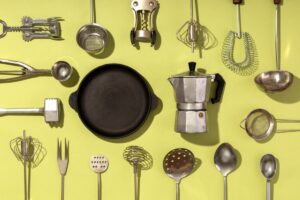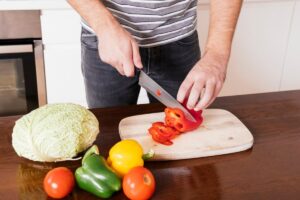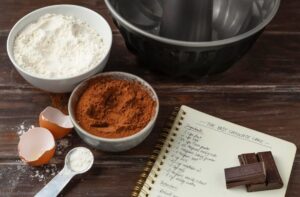The Food Blog
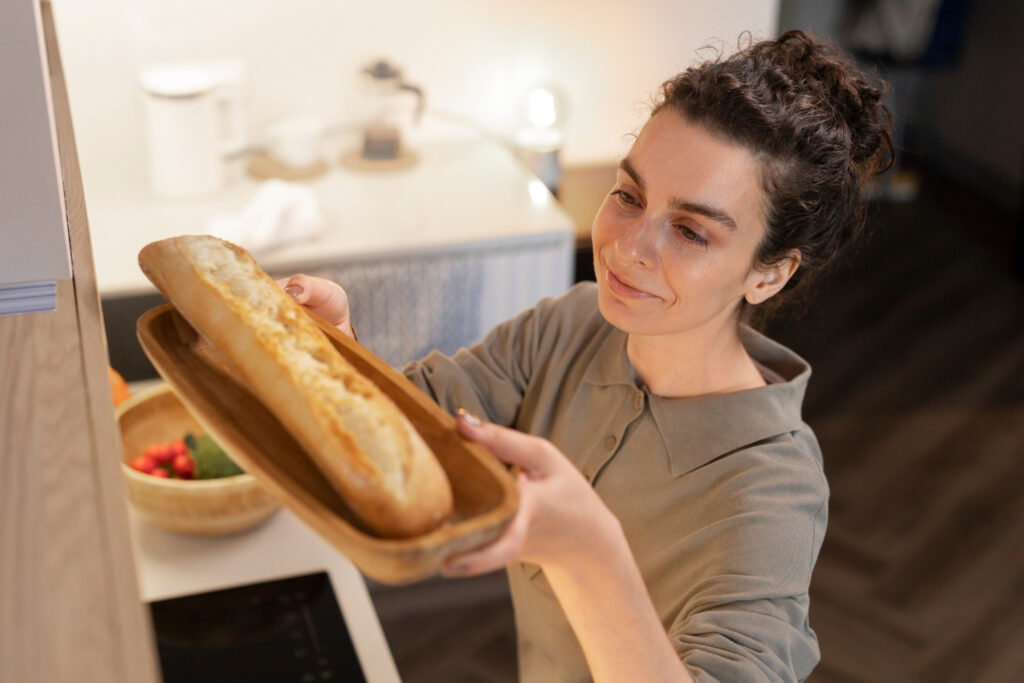
How to Bake the Perfect Loaf of Bread at Home
Baking your own bread is a deeply satisfying experience that goes beyond simply following a recipe—it’s an art that requires quality ingredients, proper techniques, and patience. Just like homemade pizza, mastering bread baking involves understanding fermentation, temperature control, and ingredient selection.
Our team has extensively researched and tested different methods to identify the best strategies for achieving a perfect crust, soft crumb, and rich flavour. The results consistently show that the right combination of technique, timing, and ingredients can transform homemade bread into a bakery-quality masterpiece.
This guide will walk you through the essential steps to create an exceptional loaf of bread, whether you prefer classic white, whole wheat, or artisanal sourdough. With these techniques, you can elevate your baking skills and enjoy fresh, homemade bread anytime.
Pro Tip: Using a baking stone or steel helps mimic the even heat distribution of professional ovens, ensuring a crisp, golden crust.
Quick Guide: Crafting the Perfect Homemade Bread

- Choose high-quality ingredients—bread flour, filtered water, and premium yeast.
- Allow dough to ferment properly for enhanced flavour and texture.
- Preheat the oven to the correct temperature for an even rise and crispy crust.
- Use a baking stone or steel for better heat distribution.
- Experiment with hydration levels and proofing times to perfect texture.
- Patience is key—rushing fermentation or baking at low temperatures can lead to a dense loaf.
Understanding the Importance of Technique

Baking great bread isn’t just about mixing ingredients—it’s about precision and attention to detail. The right technique balances a crusty exterior with a soft, airy crumb.
Our research has shown that consistency is crucial. Using the same fermentation time, hydration levels, and baking temperatures each time leads to reliable, high-quality results. Rushing the fermentation process or using cold ingredients can result in a dense, underdeveloped loaf.
Creating the right baking environment is essential. Preheating the oven to at least 200°C (400°F) ensures the bread rises properly and forms a well-developed crust. Using a baking stone or steel can prevent an undercooked centre and enhance texture.
By making intentional choices about flour type, fermentation method, and baking time, you can create a loaf that is as delicious as it is visually appealing.
Important: Just like setting up a home spa for relaxation, the environment in which you bake affects your results. Ensure your kitchen is a stress-free space, free of distractions, so you can fully focus on the process. The more relaxed and engaged you are, the better your bread will turn out.
How to Optimize Your Homemade Bread for Maximum Flavor
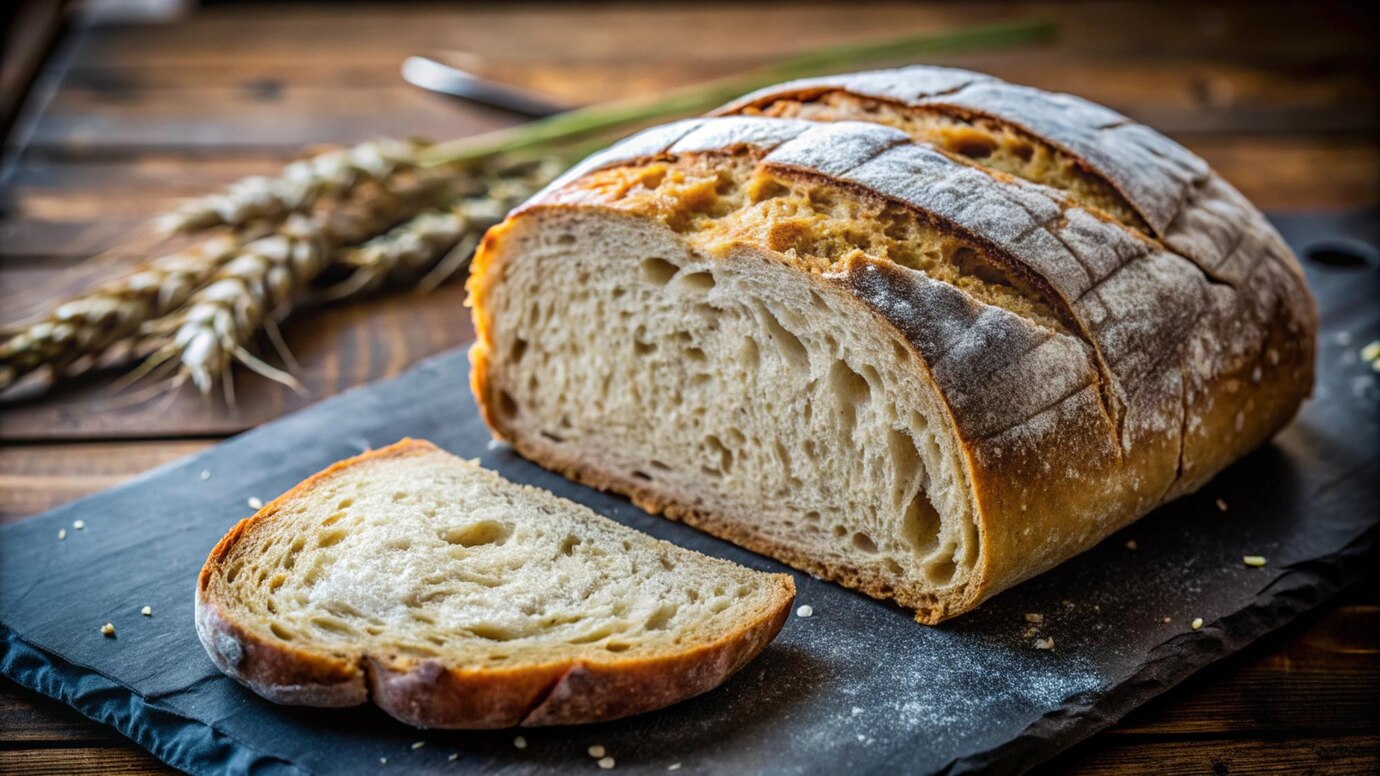
-
Choosing the Right Dough and Fermentation Method
The foundation of great bread starts with selecting the best flour and allowing the dough to develop flavour through fermentation.
- Bread Flour: High protein content for a well-structured, chewy loaf.
- All-Purpose Flour: Suitable for softer bread varieties.
- Whole Wheat Flour: Adds a hearty, nutty flavour but requires more water for hydration.
- Gluten-Free Flour: Needs additional binders like xanthan gum for proper structure.
Fermentation Methods:
- Cold Fermentation: Allowing the dough to rest in the fridge for 24-48 hours enhances its depth of flavour.
- Room-Temperature Fermentation: Letting the dough rise at room temperature for 2-3 hours speeds up the process but produces a milder taste.
- Hydration Levels: A dough hydration level of 65-75% balances chewiness and softness.
- Crafting the Perfect Dough and Proofing Process
- Mixing Ingredients Properly: Activate yeast in warm water (40°C / 105°F) with a pinch of sugar to ensure a strong rise.
- Kneading Techniques: Knead dough for 8-10 minutes to develop gluten, creating structure and elasticity.
- First Rise (Bulk Fermentation): Let the dough double in size in a warm environment.
- Shaping the Dough: Gently shape the dough to maintain structure and prevent large air pockets.
- Second Rise (Proofing): Allow the shaped dough to rise again for 30-45 minutes before baking.
- Mastering the Baking Process
- Preheat the Oven: Set to 200-220°C (400-430°F) at least 30 minutes before baking.
- Score the Dough: Using a sharp blade, make slashes on top for controlled expansion.
- Baking Time: Bake for 25-40 minutes, rotating halfway for even browning.
- Checking for Doneness: Tap the bottom of the loaf—it should sound hollow when fully baked.
Advanced Tips for Next-Level Homemade Bread
- Brush the crust with butter or olive oil for added flavour and shine.
- Use steam in the oven to create a crispy, crackly crust.
- Par-bake the loaf if using heavy fillings to avoid sogginess.
- Sprinkle semolina or cornmeal on the baking surface to prevent sticking.
- Let bread cool completely before slicing to maintain texture and structure.
Frequently Asked Questions About Homemade Bread
What is the best flour for bread baking?
Bread flour is ideal for a structured, chewy texture, but all-purpose flour works well for softer loaves.
How long should I let bread dough ferment?
Cold fermentation for 24-48 hours enhances flavour, while room-temperature fermentation for 2-3 hours is a quicker option.
How do I prevent my bread from being dense?
Proper kneading, adequate proofing, and correct hydration levels ensure an airy crumb.
Can I use store-bought dough?
Yes, but homemade dough provides better flavour and texture. If using store-bought, let it rest at room temperature before shaping.
What’s the best way to reheat bread?
Reheat in a 180°C (350°F) oven for 5-10 minutes to restore freshness.
How do I achieve a bakery-style crust at home?
Using a baking stone, creating steam, and baking at high temperatures help develop a crisp crust.
What are some creative bread variations?
- Sourdough: Naturally fermented for a tangy flavour.
- Baguettes: Crispy crust with a soft, airy interior.
- Whole Wheat Bread: Nutritious and hearty.
- Brioche: Enriched with butter and eggs for a soft, sweet texture.
- Focaccia: Italian flatbread infused with olive oil and herbs.
Bake the Perfect Bread Loaf
The Perfect Loaf of Bread Baking the perfect loaf at home is a rewarding process that combines science and artistry. With the right ingredients, techniques, and a bit of patience, you can create bakery-quality bread every time. Experiment with different fermentation times, flour types, and hydration levels to customise your bread to your taste.
Once you gain confidence, try incorporating unique flavours and styles to elevate your bread-making skills. Ready to start baking? Follow this step-by-step guide and enjoy the magic of homemade bread!



